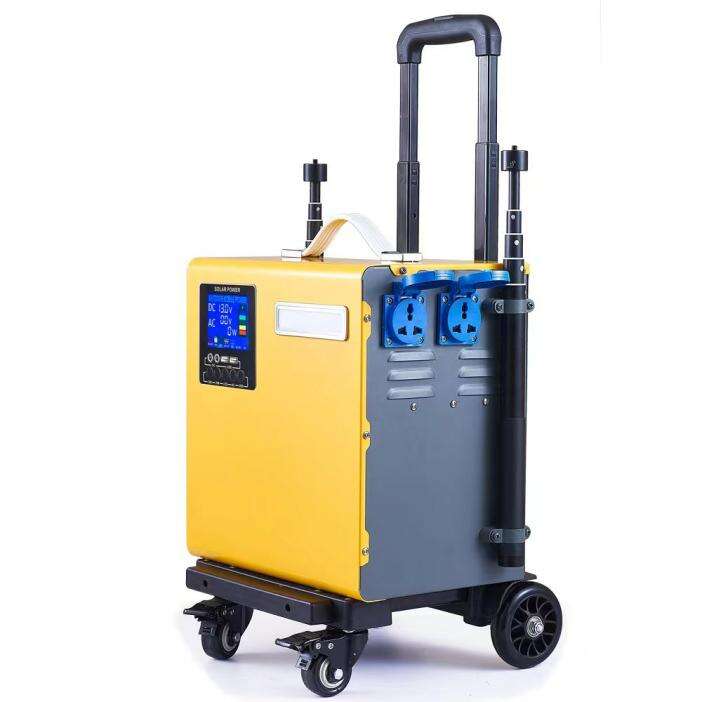The Solar Power Generator doesn’t output a constant amount of power. It responds to the key factors. The first is the solar panel capacity. Solar panels are rated in watts. Higher watt panels capture more sunlight in the same conditions. Solar panels rated 300 watts capture more sunlight than 200 watt panels. The second is the amount of sunlight. Solar power generators are more productive in areas where the sun is strong and where the light is available for several hours. These areas are usually close to the equator. Conversely, power generation is less in cloudy and high latitude areas. The third is battery storage efficiency. If the solar panels collect a lot of energy, it is of no use if the battery is low-efficient because it will lose that power when storing. The usable output will then be much less than what was collected.
Calculating how much power a solar generator actually produces doesn’t take a rocket scientist; just remember to prioritize practical, real-world data. First, consider a panel's daily energy production. For this, multiply a panel's wattage by the average daily sunlight hours received in your area. For instance, a 400W panel can produce 2000 watt-hours daily in a location that has 5 hours of effective sunlight. Now, move on to the system losses. Dust on the panels, temperatures, and inverter inefficiency will most likely cause a 15-25% loss. In the previous example, a 20% loss means the actual daily output will be 1600Wh. Now, you can compare this to your power needs. For example, if you use 800Wh of electricity a day, this generator is enough to meet your usage.

Not all solar generators are the same, and their power output varies widely based on design and use case.Portable solar generators are smaller, with output ranging from 100Wh to 3000Wh. They’re great for camping or emergency backup, powering small devices like phones, laptops, or mini-fridges. Home-use solar generators are larger, usually 5000Wh to 20000Wh or more. They can run essential home appliances—like refrigerators, air conditioners, or washing machines—for hours, and some can even integrate with the home’s electrical system for long-term use. Industrial-grade solar generators have the highest output, often over 50000Wh. They’re used in factories, remote work sites, or as part of large-scale renewable energy projects, providing stable power for heavy machinery.
Having a solar generator allows for small modifications to improve power output. For starters, adjust the solar panel settings according to the season and face them directly to the sun throughout the day which will likely be south in the Northern Hemisphere and north in the Southern Hemisphere. In the summer, panels will likely need to be positioned at a flatter angle and in the winter, a steeper angle will be necessary. For cleaning, panels should be wiped down with a soft cloth after rain or wind, and regularly during dust, leaves, and bird droppings so they don't block sunlight. For the battery, charge and drain in cycles, and store in a cool, dry place. This not only helps in power output consistency, but will efficiently prolong the battery’s useful life.
Clearing up misunderstandings about how much power solar generators generate will help you make more informed decisions. One common myth is “higher panel wattage means infinitely more output”. Although more watts help, sunlight hours and battery efficiency will always be a limiting factor. Even a 1000W panel will produce less power than a 500W panel in a sunny area if the 1000W one is in a cloudy area. Another myth is “solar generators work well in all weather”. While they produce some power on cloudy days, output can drop by 50-70% compared to sunny days. Last, some people think “bigger batteries equal more power”. However, a battery simply stores power. If the solar panels can’t collect enough energy to fill the battery, a large battery will simply remain empty.